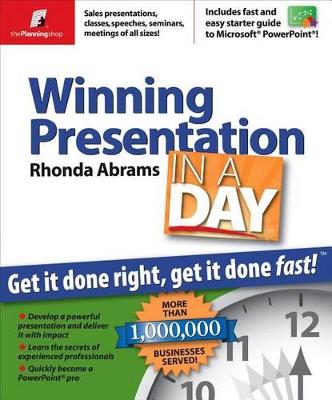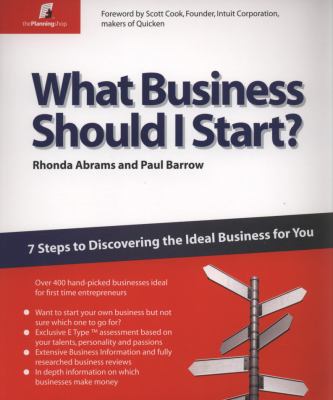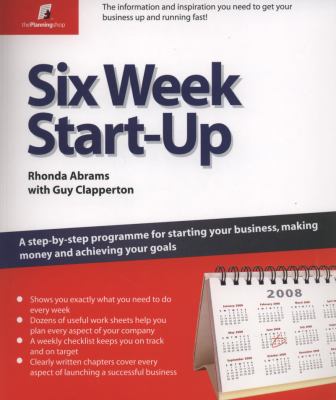Planning Shop
5 total works
Our books and products are based on years of real-world experience, sharing insight and advice -secrets and strategies-from entrepreneurs, funding sources, CEOs, strategic partners and more-with our readers. In the US, hundreds of thousands of entrepreneurs have used The Successful Business Plan to develop their business plans. It's widely adopted by business schools; tens of thousands of MBA students have used it to create business plans and to enter business plan competitions. Entrepreneurs throughout the world have turned to The Successful Business Plan to guide their business development. USAID programs (United States Agency for International Development) adopted it to assist novice entrepreneurs emerging from Communist rule; entrepreneurs and students in places as far apart as Thailand, Ghana, Greece, Uruguay and even Afghanistan use it.
This book covers all the most important aspects of developing and delivering a successful presentation, including content; organizing an effective message; delivery techniques, including pacing, humour, statistics, and storytelling; handouts, graphs, charts, and other tools; managing the Q making a good impression; and conquering stage fright. Also included are equipment tips and techniques for videoconferences and teleconferences. From The Planning Shop website www.theplanningshop.com At the Planning Shop, we have one goal: helping you develop a successful business plan for a successful business. Our mission is to be the number one provider of business planning resources for the serious entrepreneur. Our books and products are based on years of real-world experience, sharing insight and advice -secrets and strategies-from entrepreneurs, funding sources, CEOs, strategic partners and more-with our readers. In the US, hundreds of thousands of entrepreneurs have used The Successful Business Plan to develop their business plans. It's widely adopted by business schools; tens of thousands of MBA students have used it to create business plans and to enter business plan competitions.
Entrepreneurs throughout the world have turned to The Successful Business Plan to guide their business development. USAID programs (United States Agency for International Development) adopted it to assist novice entrepreneurs emerging from Communist rule; entrepreneurs and students in places as far apart as Thailand, Ghana, Greece, Uruguay and even Afghanistan use it.
Six-Week Start Up follows the following topics: Week 1: Lay the Foundation (includes identifying personal goals, identifying your strategic position, what are your business values, choosing your company name) Week 2: Get the Information You Need (includes contacting industry associations, defining your target market, identifying your competitors and finding suppliers) Week 3: Cut Through Red Tape (includes company structure, tax issues, intellectual property, use of sub-contractors and employment law) Week 4: Take Care of Operations (includes rent space, home office working, production processes, IT, getting online) Week 5: Deal With Money Issues (includes dealing with accountants, credit, bank accounts, financial forecasting) Week 6: Open Your Doors (includes developing your marketing plan, the elevator pitch, making sales)
Table of contents:
Section I Starting the Process
The Successful Business
Getting Your Plan Started
Making Your Plan Compelling
Section II Business Plan Components The Executive Summary
Company Description
Industry Analysis & Trends
Target Markets
Competition
Strategic Position & Risk Assessment
Marketing Plan & Sales Strategy
Operations
Technology Plan
Management & Organisation
Community Involvement & Social Responsibility
Development, Milestones & Exit Plan
The Financials
The Plan's Appendix
Section III Putting the Plan to Work
Preparing, Presenting & Sending Out Your Plan
Looking for Money
Using Your Plan for Classes & Competitions
Internal Planning for Existing Businesses & Corporations
Time Saving Tips
Section IV Special Considerations
Considerations for Internet, "e-businesses"
Considerations for Retailers
Considerations for Manufacturers
Considerations for Service Businesses
Section V Reference
Outline of a Business Plan
Business Terms Glossary
Funding Sources
Research Sources Entrepreneur's Sources




